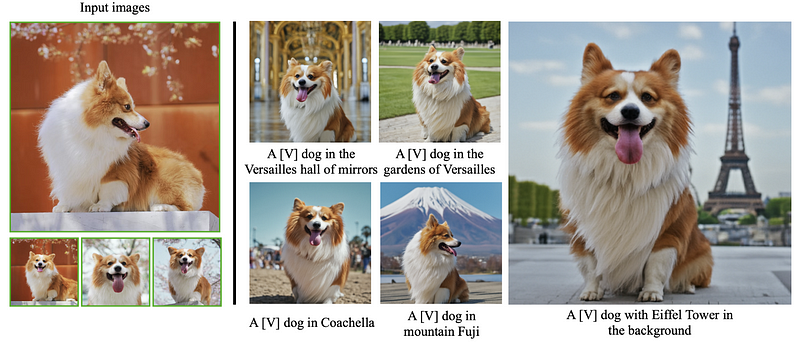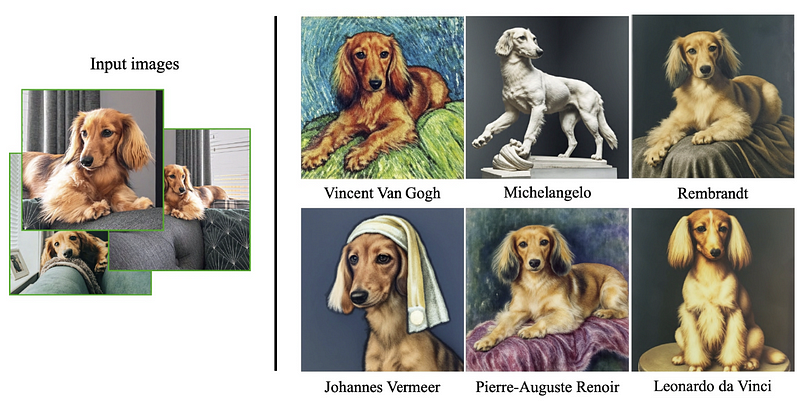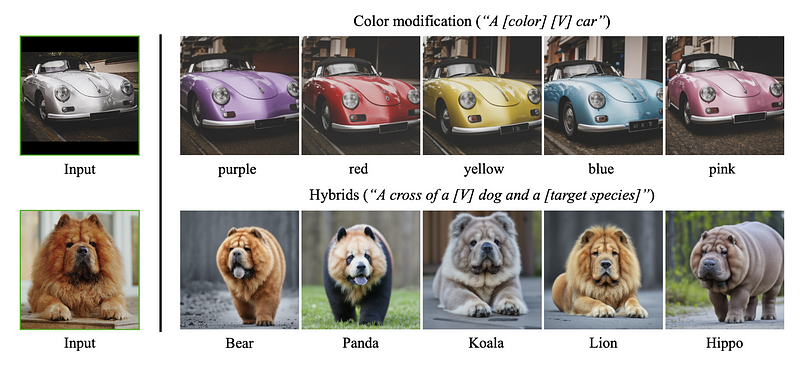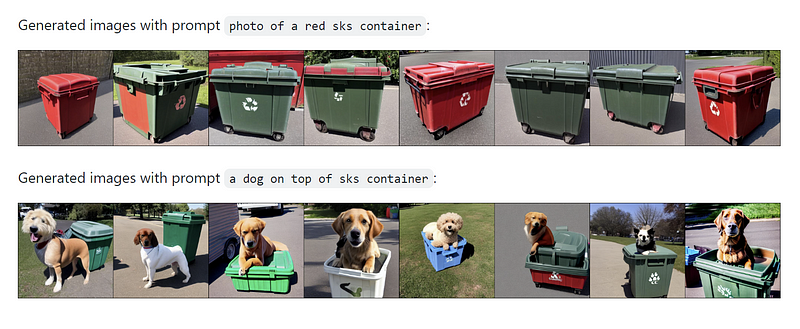Google's DreamBooth: A Game-Changer in AI Image Generation
Written on
Introduction to DreamBooth AI
Google's latest innovation, the DreamBooth AI text-to-image generator, has arrived on the scene. While numerous generative AI tools like Dall-E2, MidJourney, and Stable Diffusion already exist, DreamBooth brings something fresh and engaging—personalization at its core.
What is DreamBooth AI?
DreamBooth is an advanced model designed to customize existing text-to-image diffusion frameworks. Think of it like a photo booth that allows you to capture a subject and then transports it to any imaginative setting you desire. This remarkable tool was created by a collaborative team of researchers from Google and Boston University.
How Does DreamBooth Work?
To use DreamBooth, simply provide it with 3 to 5 photographs of your chosen subject. The AI then synthesizes these images into entirely new contexts, preserving the essential features of the original subject.
Here's an example:

Transforming into Different Art Styles
DreamBooth can do more than just relocate your subject; it can also recreate it in the styles of renowned artists and sculptors.

Isn’t that impressive? There’s no longer a need to hire professional artists and wait weeks for results. DreamBooth can quickly generate high-quality artistic interpretations.
Accessorizing Your Pet
Want to add accessories to your pet’s image? The AI’s "Accessorization" feature allows you to customize outfits and accessories effortlessly.

This feature is sure to excite pet owners!
Other Notable Features
- Text-Guided View Synthesis: The AI can illustrate the subject from various angles and poses.
- Property Modification: Users can modify colors and even create hybrid images featuring different animals.

Compatibility with Other Generators
DreamBooth has been tested with Stable Diffusion by several developers. For those interested in experimenting, check out this GitHub repository by user Xavier Xiao, which includes all necessary usage instructions.

Understanding the Risks
The creators of DreamBooth acknowledge potential risks and emphasize the need for further research to prevent misuse. This project aims to empower users in synthesizing personal subjects—be it animals or objects—across diverse contexts. While traditional text-to-image models may exhibit biases in their outputs, DreamBooth strives to provide a more accurate representation of user-defined subjects. However, there is a concern that malicious entities could exploit this technology to create misleading images, a challenge common in other generative models. Ongoing research into generative modeling and personalized generative priors will be essential in addressing these issues.
Future Prospects
The advancements in AI art generation have been astonishing in recent months, and we are only scratching the surface. Soon, we may see these AI tools expanding into video and 3D modeling realms. Imagine combining DreamBooth technology with another AI that converts images into 3D objects. You could simply take a few snapshots of your dog, have the AI turn it into a sculpture, and then 3D print it—all without needing any modeling software expertise. The rapid evolution of these AI models is truly remarkable, and there’s much more to anticipate. I'll be keeping a close watch on future developments.
For an in-depth exploration of Google's revolutionary AI image generator, check out the video "New Tool From GOOGLE is The Best AI Image Generator."
Additionally, learn about personalization in Text-to-Image Generative AI with Nataniel Ruiz in this insightful discussion.